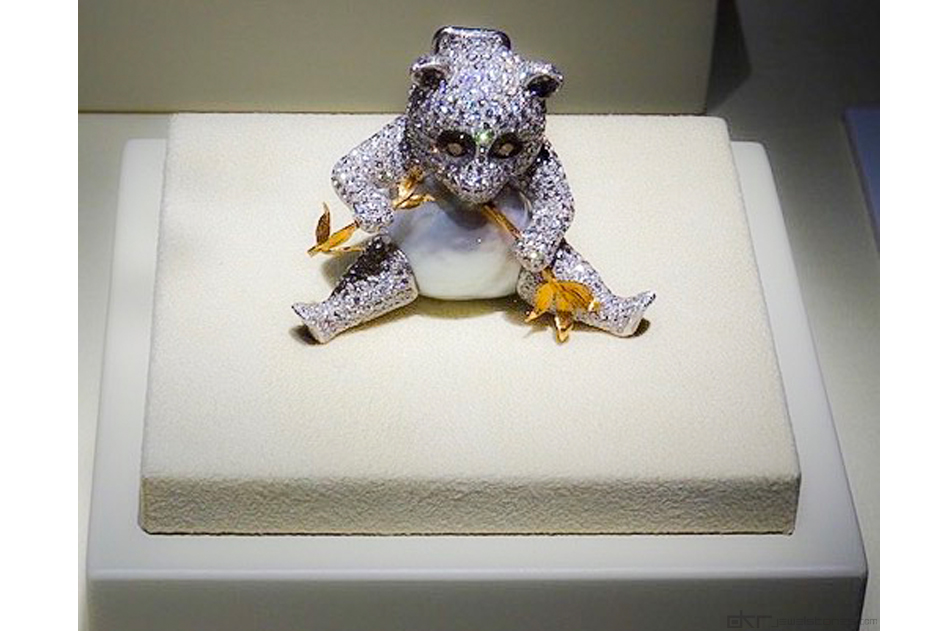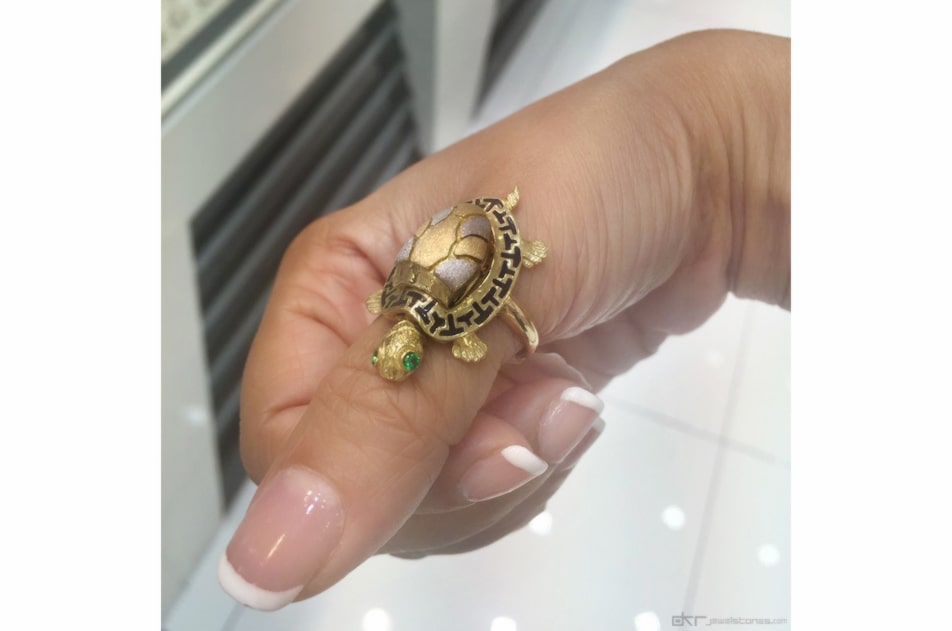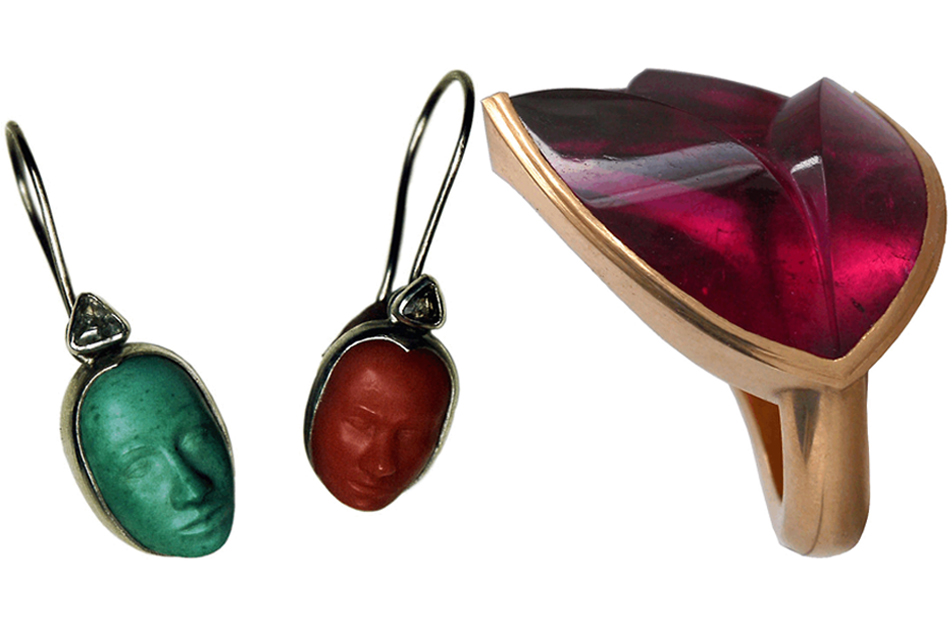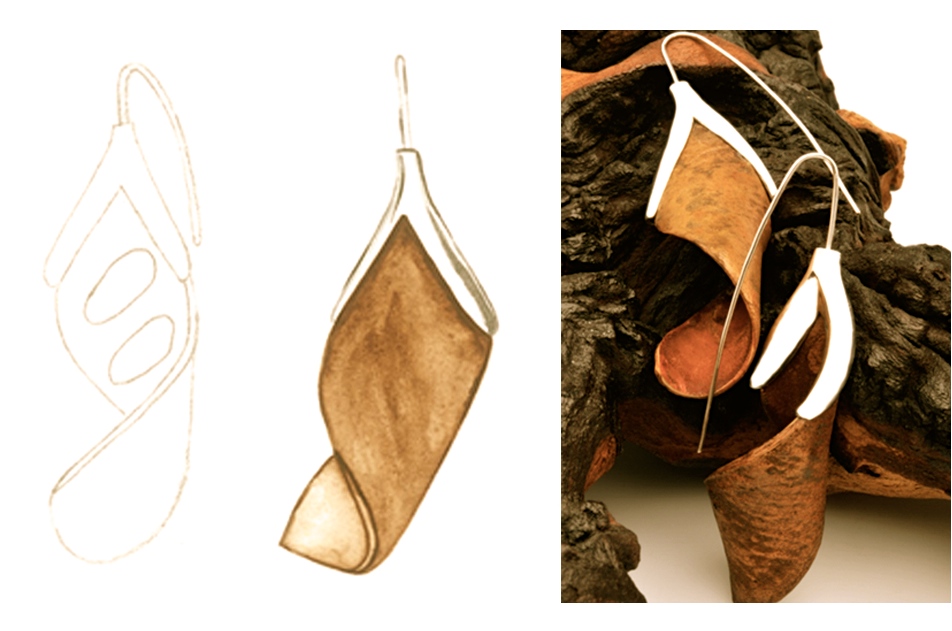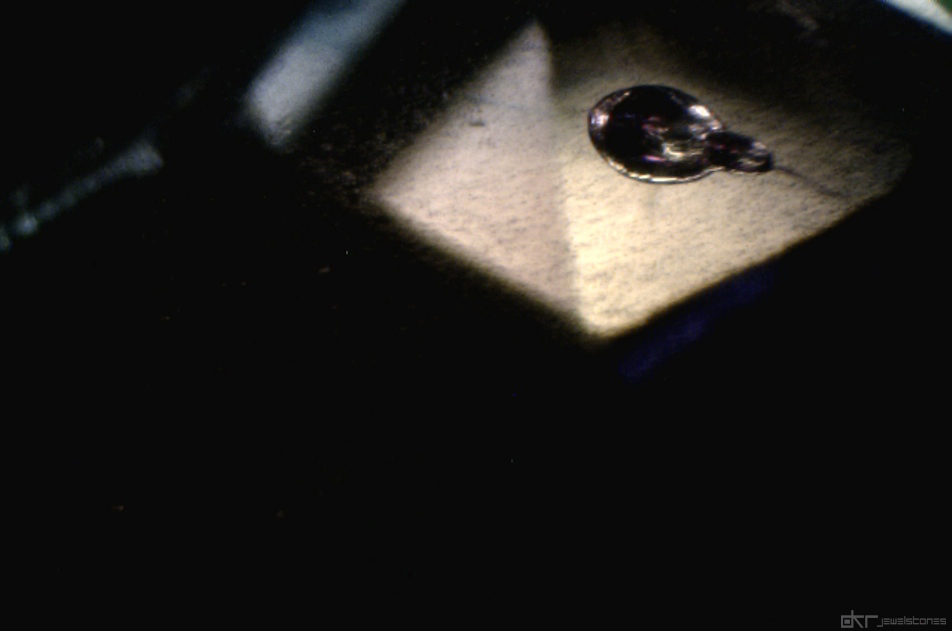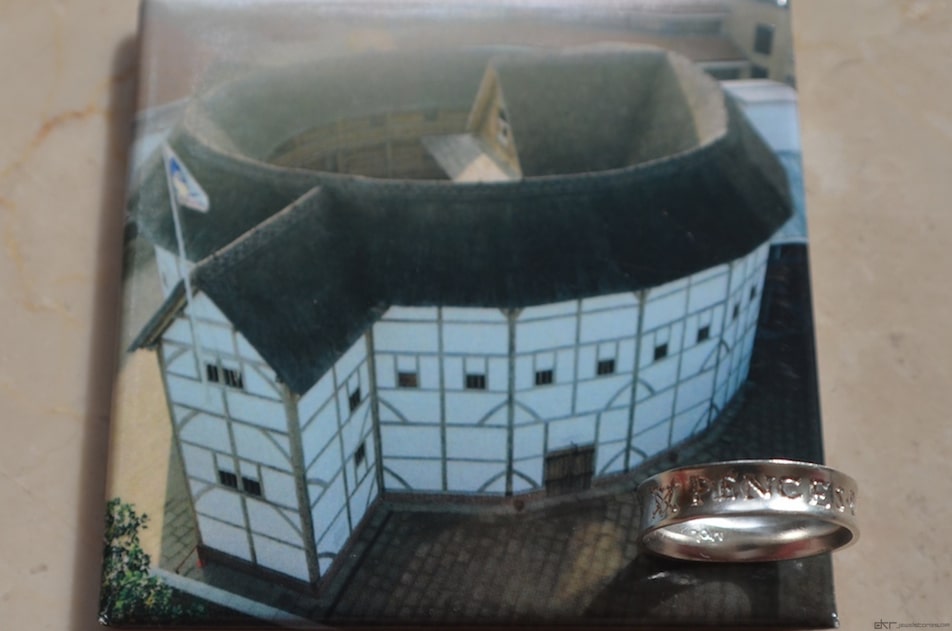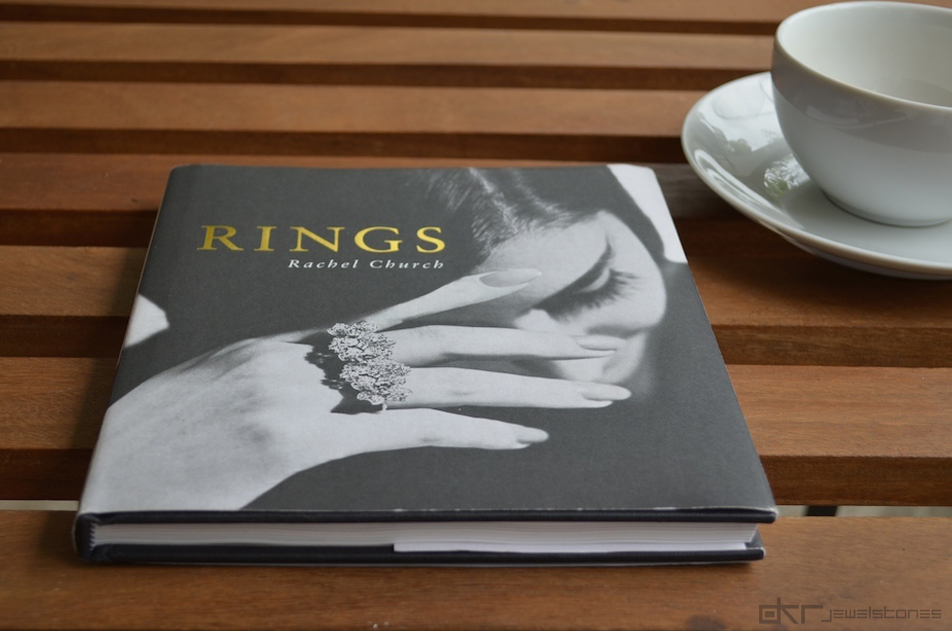A Day in The Life Of Pearl Divers

Who doesn’t love the ‘jewel of the sea’! But at what cost in early times!!!
I bought this vintage photograph after being told they were pearl divers and it was called ‘Arab divers’.
This image of the men with clips on their noses is disturbing, don’t you think?! It aroused my curiosity. I wanted to know more about them. It was an extreme opposite to the images I currently had in my mind of pearls. The magical qualities of the jewel of the sea… symbolic of the elite and the wealthy in the days of old, fine clothing embroidered in tiny pearls… and what about Coco Chanel and Mikimoto! All very romantic images and stories come to mind whenever I think of pearls. Never an image like this one!
I felt compelled to look further, especially considering it’s also related to my country, Sri Lanka. So here’s what I found so far…
During ancient times, prior to the 20th century, the only way to obtain pearls was manually gathering large numbers of pearl oysters or mussels from the floor of the seas, rivers and lakes… by divers.
Pearl divers at sea would be forced to descend sometimes over a 100 feet in a single breath!! Possibilities of drowning and being attacked by sharks, stingray and jellyfish ran high. Physical damage occurred such as loss of vision due to salty seawater (goggles weren’t invented then) and bursting of eardrums due to the various levels of pressure they had to endure, and other damage due to the varying temperature of the water in different seasons.
The ‘free’ divers were said to be in constant debt. Upon their death a family member was expected to take their place in an attempt to settle it and on it continued…
For thousands of years most sea water pearls were obtained by divers in areas in the Persian Gulf, the Red Sea, and the Gulf of Mannar (between Sri Lanka and India).
In the Persian Gulf, considering the dangers associated with diving, it was considered a poor mans work. The need for slaves increased. Africans and Asians were forced to work in this area. Forced to dive forty times or more a day, their mortality was obviously high.
To find a few top quality pearls, a countless number of oysters would be searched.
In Sri Lanka ~ in its early history, it was famous for obtaining the worlds best quality pearls from the pearl banks in the Gulf of Mannar.
The islands first Colonial rulers were the Portuguese. The Portuguese took control of the pearl fisheries in 1524. Next came the Dutch in 1658. Finally the British in 1796.
On a usual morning, a fleet of vessels set out to sea to the pearl banks before dawn. At sunrise, they were anchored. Positioned at the centre of the fishing ground, a gunshot was fired an hour after sunrise as an indication to begin diving.
The pearl divers of the Gulf of Mannar were mostly Indian Tamils or Arabs. They worked in pairs. Most of the divers plunged into the water in an upright position weighed down by rocks that carried them to the bottom. The Tamil diver closed his nose with his fingers while the Arab diver used a horn clip.
Upon reaching the bottom, the diver released the weight at his feet, which was pulled up by someone on the surface to prepare for the next dive.
The diver would then collect the oysters he could in 60 seconds or more (!!!) in the basket around his neck. He tugged the rope the basket was tied to as an indication of his readiness to resurface. Men at the surface would haul the diver up along with the basket of treasure.
The diver would catch his breath and rest for a few minutes prior to descending again and would repeat this about eight times in half an hour. At this point he would trade places with his partner. Apparently a single diver could gather 3000 pearl oysters a day!
Towards mid day a signal would be sounded to cease all work. Once the boats reached the coast, the oysters were taken into an enclosed area with huts divided into compartments. The divers would place their catch in three equal divisions (said to be ‘a division of ancient origin’) inside a compartment.
A British official then selected two heaps for the government and gave the third to the diver.
The government auctioned off theirs to the merchants. The merchants once releasing the pearl from the oyster, would grade, perforate, string into ropes and in turn sell to brokers and dealers throughout the world. The golden yellow was highly prized in India.
Mikimoto and the Japanese cultured pearl are what brought pearl diving to an end.
What an incredible day in the life of a pearl diver in ancient times!
I hope this has added another aspect to your knowledge of pearls as it has for me. If there’s anything you’d like to add to this, please go ahead in the comments below xx
*The vintage photograph was bought from Plate.
*For more information of the Persian Gulf click here.
6


